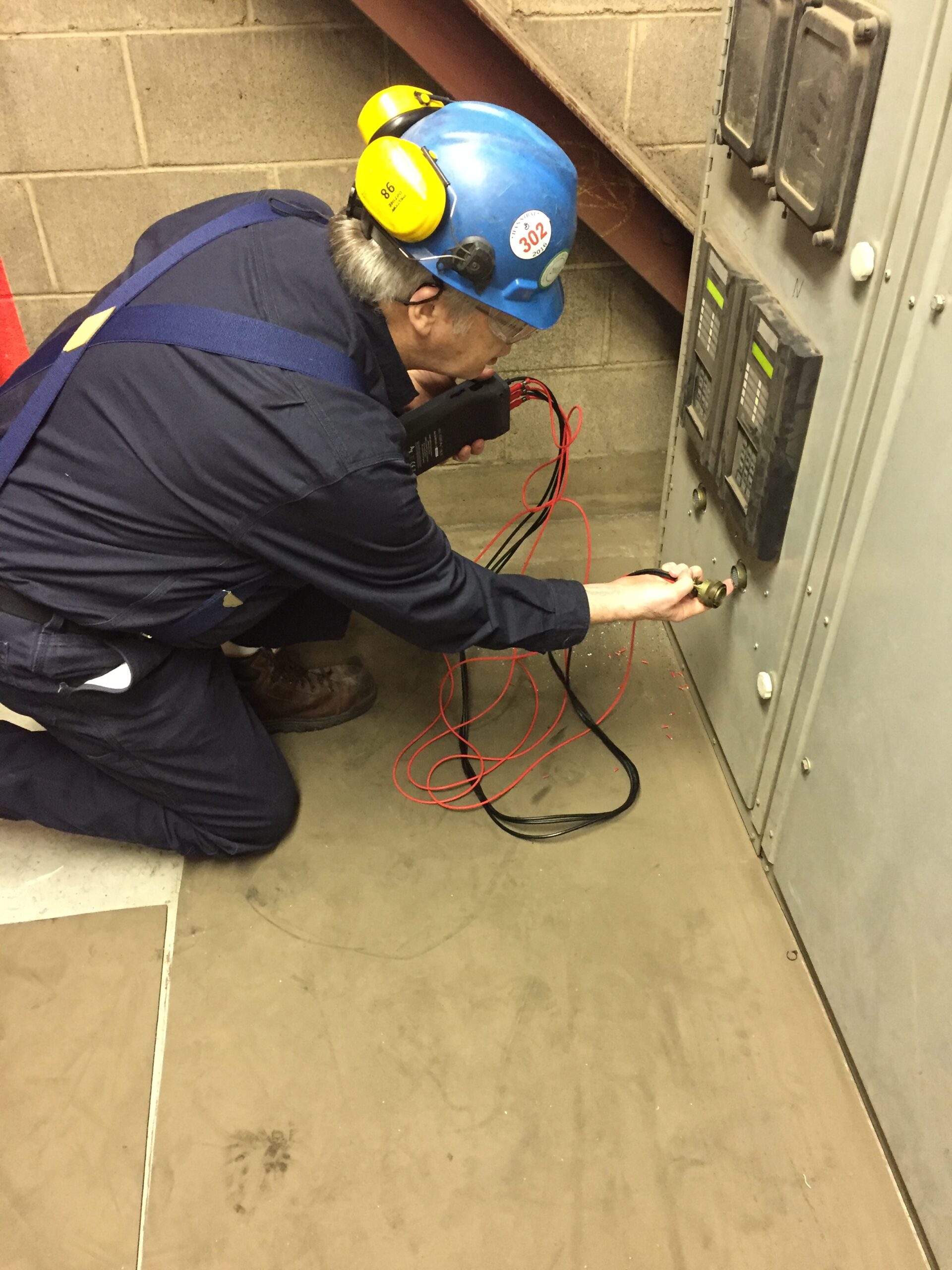Electric Motor Condition Monitoring: What It Is and Its Benefits
Electric motor condition monitoring is a process of monitoring the health and performance of an electric motor. It helps to detect any potential issues before they become serious, thus avoiding costly repairs or replacements. This process can be done manually or using automated techniques such as vibration analysis, oil analysis, thermography, and ultrasonic testing.
The goal of electric motor condition monitoring is to identify any mechanical or electrical problems that may cause the motor to fail prematurely. By keeping track of the performance and health of an electric motor, companies can ensure that their equipment runs efficiently and reliably for a longer period of time. Additionally, it helps reduce downtime and maintenance costs associated with unexpected breakdowns due to faulty motors.
Motor Condition Monitoring Implementations
Electric motor condition monitoring systems use a variety of sensors and data analysis techniques to monitor the performance of motors in real-time. This allows companies to identify potential problems before they become serious and take corrective action quickly. Furthermore, these systems can be used to predict future failures and plan preventive maintenance accordingly.
Real-time motor health diagnostics can be assessed with benchtop systems or hand-held instruments, such as the ATPOL III, by ALL-TEST Pro. For diagnosing motor issues while the motor is online, the testing equipment must be properly connected and safety procedures must be followed. Depending on the voltage of the motors being assessed, additional voltage coupling accessories and safety equipment may be necessary.

The technology most often used in online motor testing is called electrical signature analysis (ESA). This technology assesses the integrity of the motor’s inner components while they are running by using non-destructive tests. Even though the testing duration is very brief (often under 1 minute), the data received is comprehensive and can be tracked over time. Typically, these assessments are made on a scheduled basis throughout each year.
Vibration monitoring, often paired with ESA in electric motor condition monitoring, uses small, permanently placed sensors on each motor. These sensors relay data to a software program and alert the manager when an issue arises.
Safety Considerations With Condition Monitoring
As stated previously, ESA tests are conducted while the motor is running. While this eliminates the complications of disconnecting the motor and avoids downtime, ESA tests need to be conducted while using the proper safety protocols. Mishandling electrical wiring can result in injury and even death.
Depending on the voltage, the testing engineer may be required wear safety apparel and the testing device may require additional protective safety components. Always make adhere to safety guidelines detailed in the hardware manuals.
Conclusion
Electric motor condition monitoring is an important part of any industrial operation. It is used to detect and diagnose potential problems in electric motors before they become serious, saving time and money. With the implementation of electric motor condition monitoring, companies can reduce their maintenance costs, optimize their processes, and increase safety.



